A tornado is a dramatic sight, and they happen more in the U.S. than anywhere else in the world–more than 1,000 in a typical year. But how do tornadoes even happen in the first place?
One of the many remarkable things about tornadoes: Even though there are so many, scientists are still trying to figure out why some thunderstorms make a tornado, while others don’t, even when they look the same.
We do know the general process, though.
First, of course, we need a thunderstorm, which has its own set of ingredients to form.
Next, wind shear needs to be present. Wind shear means the wind is blowing different directions and/or speeds with height. For example, a southeast wind of 15 mph near the ground with a southwest wind of 50 mph a few thousand feet in the air provides wind shear.
This makes the air do something like an invisible barrel roll. When the updraft of a thunderstorm taps into that, it’ll tilt the spinning air upward. The thunderstorm itself then rotates slowly, and this kind of storm is called a supercell.
Sometimes, part of the bottom of the supercell lowers a little further as a spinning “wall cloud.” And, if conditions are just right, it’ll drop down a funnel cloud. And once that swirling vortex touches the ground, a tornado is born.
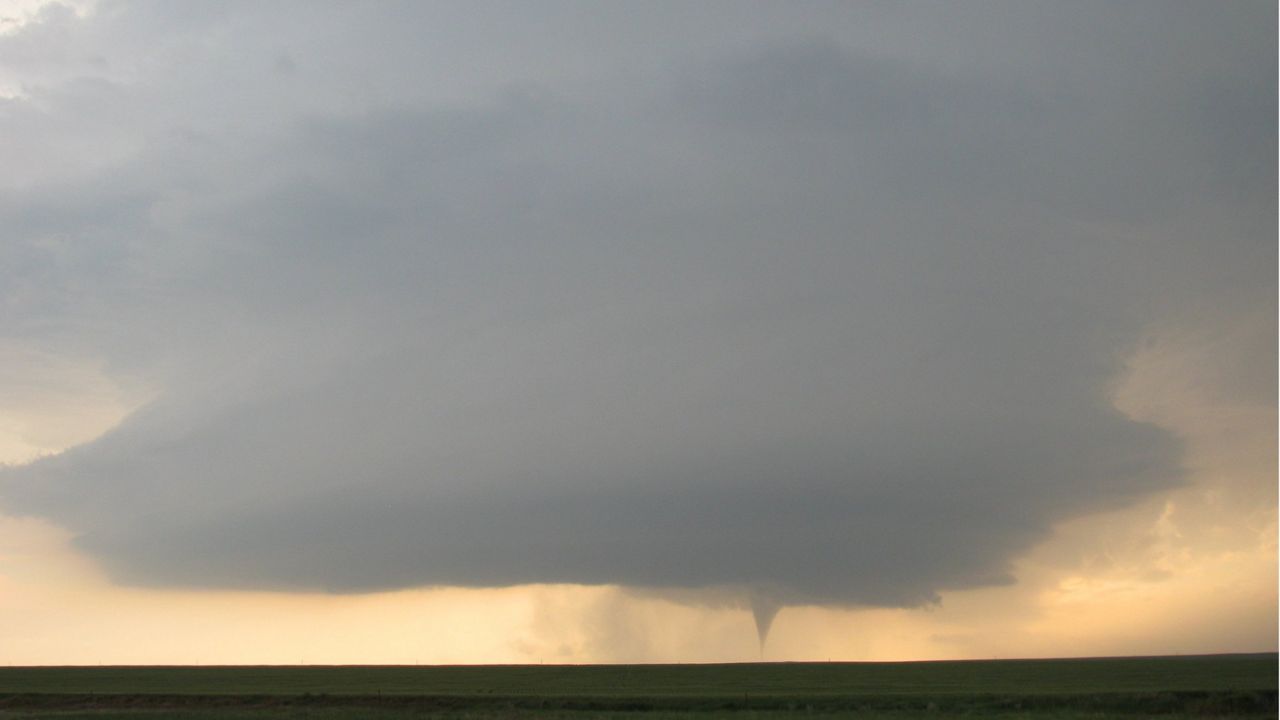
Most tornadoes aren’t very strong. Some, though, become monstrous and can even create tiny but violent miniature swirls called “suction vortices.”
Researchers believe that these often cause the extreme differences in damage over a very short distance where a tornado will obliterate one house, while a similar one across the street only has roof damage.
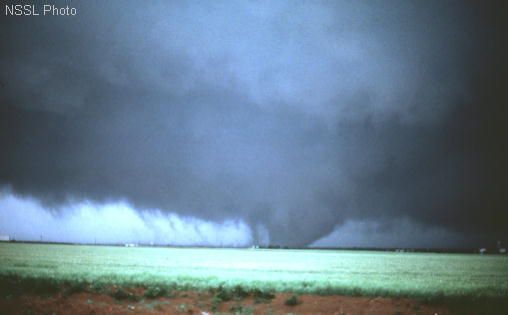
A supercell may also create a “satellite tornado,” one that’s totally separate from the main tornado but orbiting around it. These, too, are often associated with a large “parent” tornado.
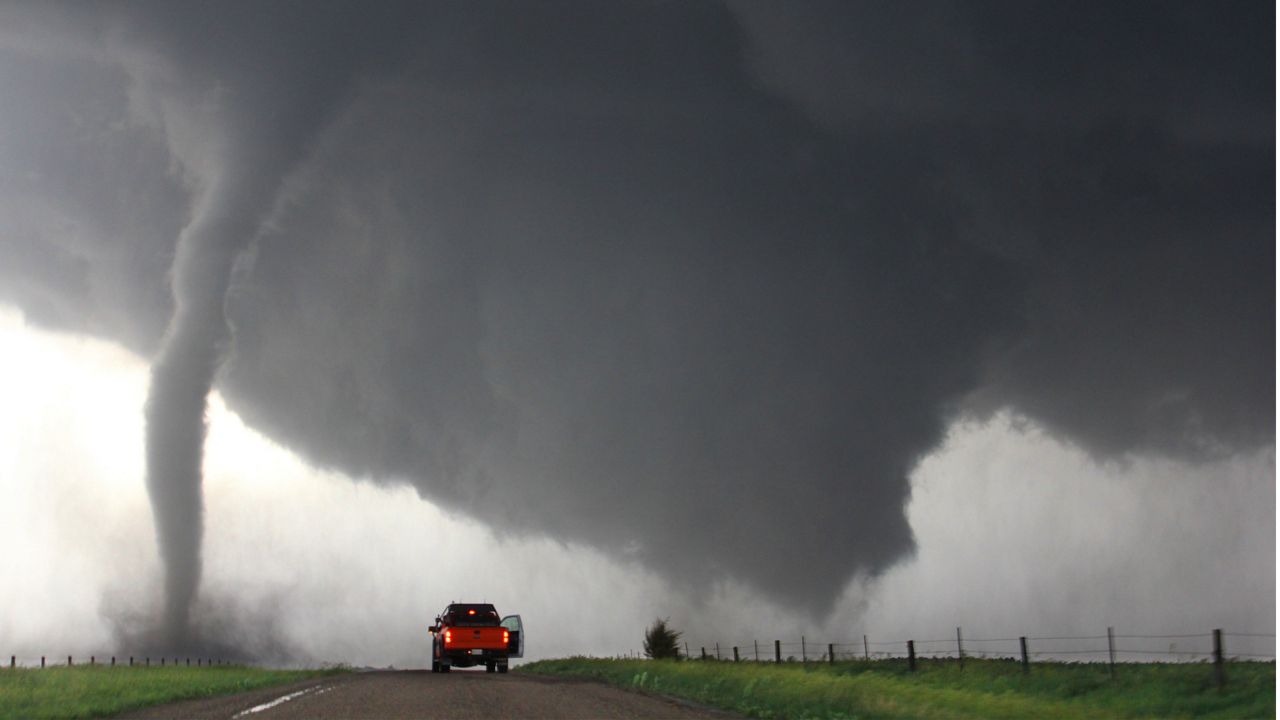
Doppler radar can detect the rotating air in a thunderstorm and even the debris a tornado is lofting into the air. Tornadoes themselves are too small to see on radar, though, except for research radars mounted to the backs of trucks.
The National Weather Service won’t give tornadoes a rating of their strength until after they’ve happened. We don’t know just how strong the ground-level winds are in any given tornado… or even immediately afterwards, for that matter.
Meteorologists can only estimate the wind speed based on clues from the damage a tornado leaves behind, categorizing each tornado on the Enhanced Fujita scale.
Tornadoes can occur pretty much anywhere in the country. People have even spotted them in the mountains before, so they definitely don't just suddenly stop when they come across a hill, valley or river.
That said, they're most common where all the ingredients come together most often. That includes much of the Plains, Midwest and Southeast.
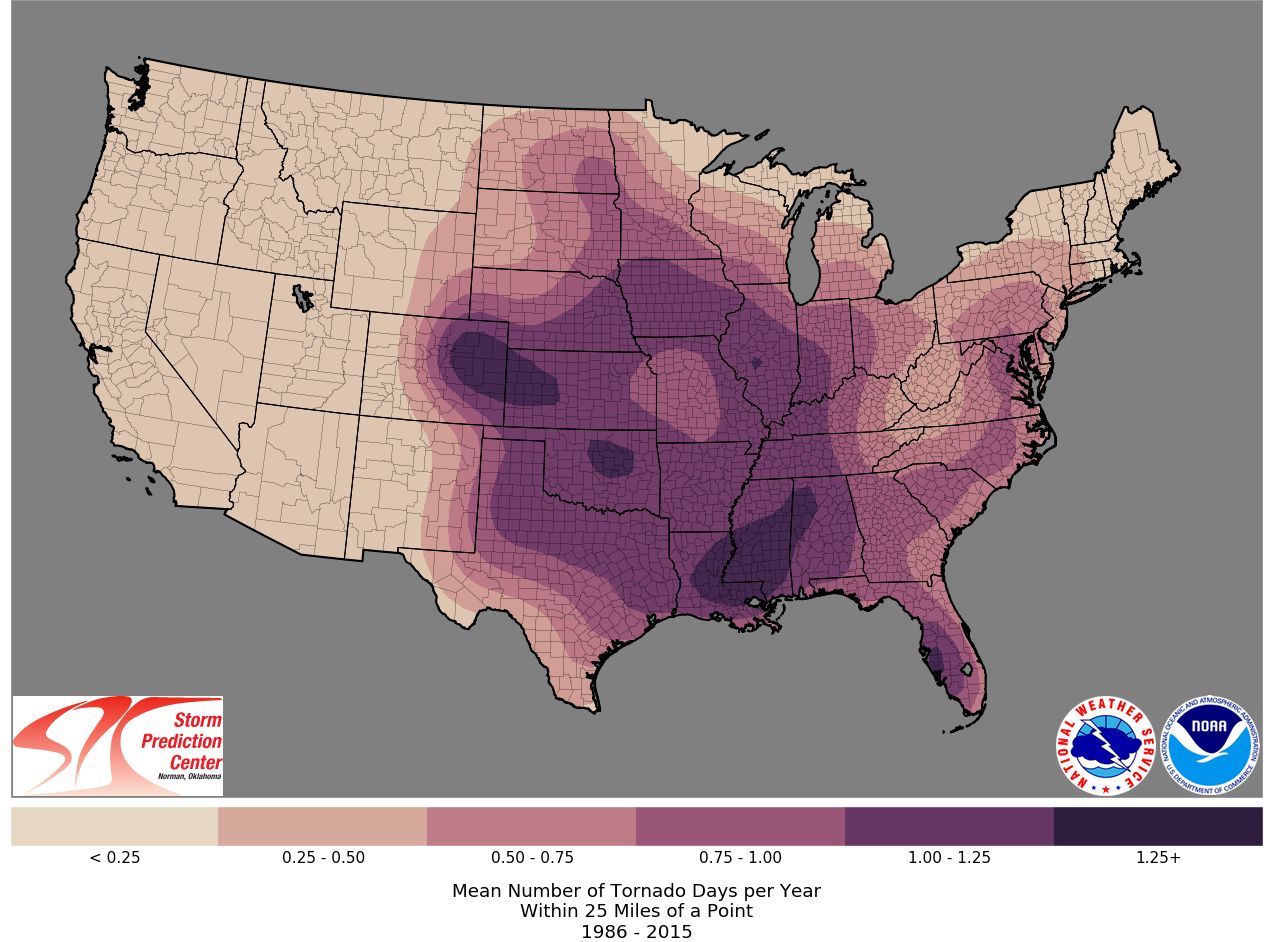
You may have heard of Tornado Alley, but it turns out that region is hardly the only hotbed for tornadoes. In fact, the bullseye of strong to violent tornadoes (rated EF-2 or higher) covers parts of Kentucky, Tennessee, Mississippi and Alabama.
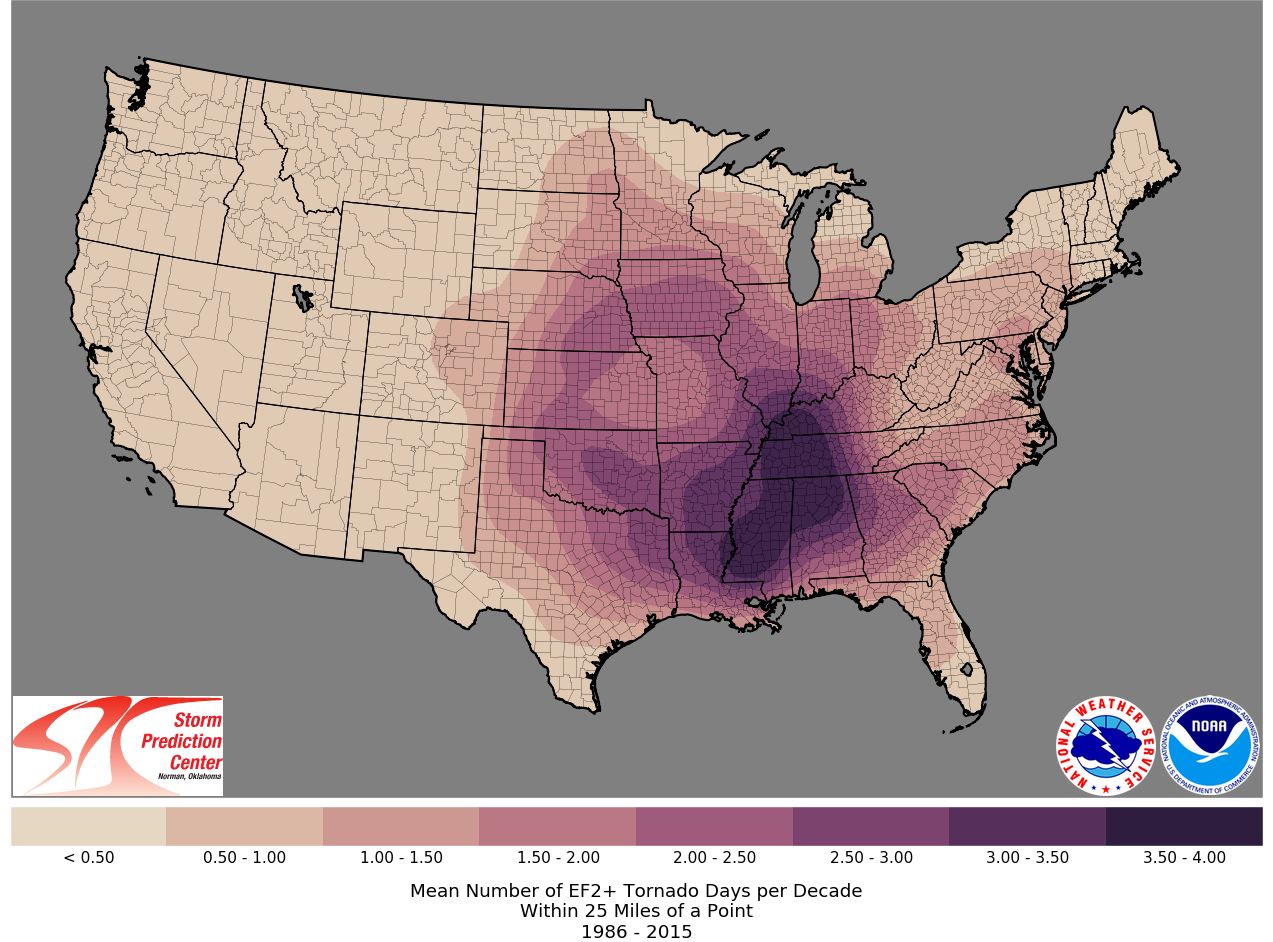
Two other kinds of twisters–waterspouts and landspouts–form a little differently. They don’t need a supercell thunderstorm, but they do still need wind shear. Something as simple as a fast-growing cloud can stretch the spinning air enough to get the job done.
Dust devils look like a little tornado, but they actually are most common on a hot, sunny day with little wind.



